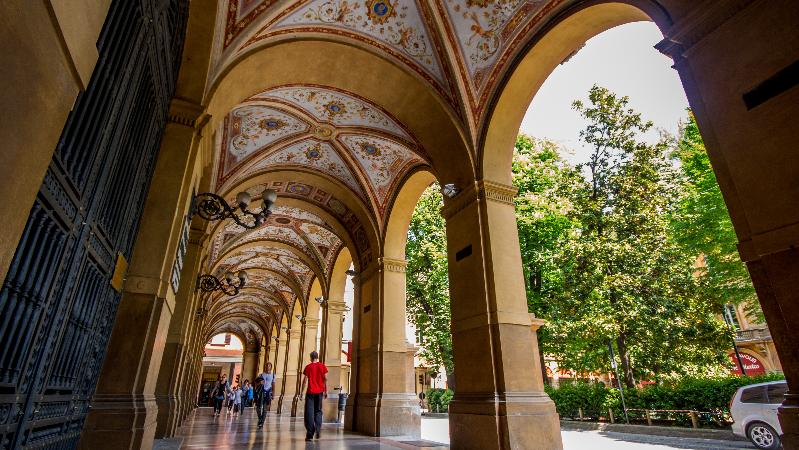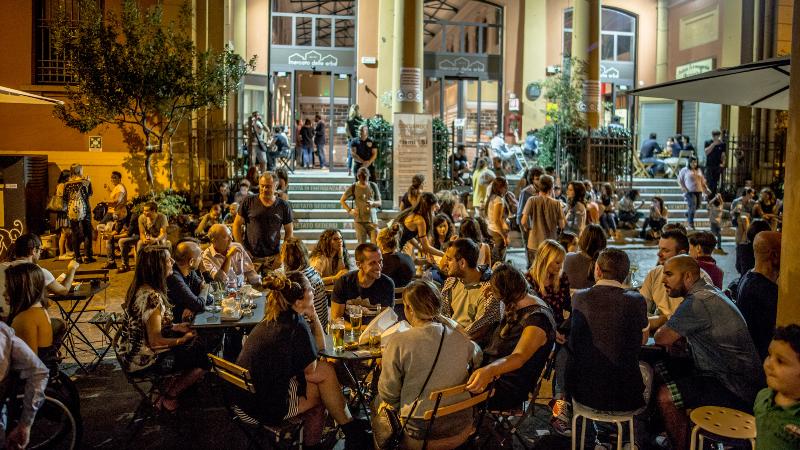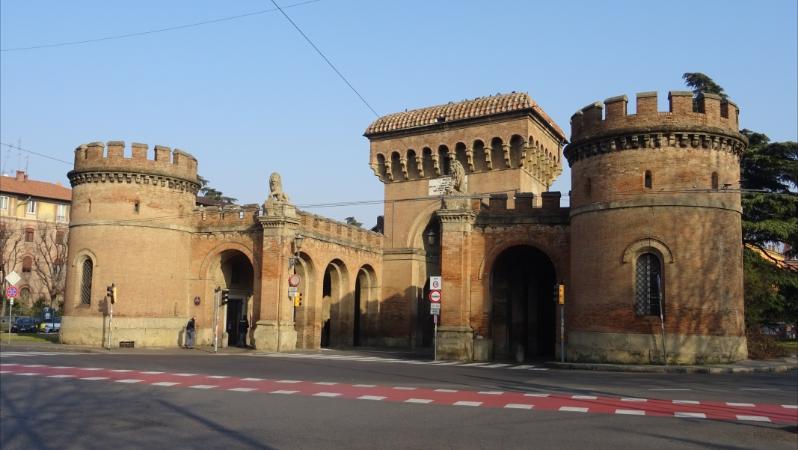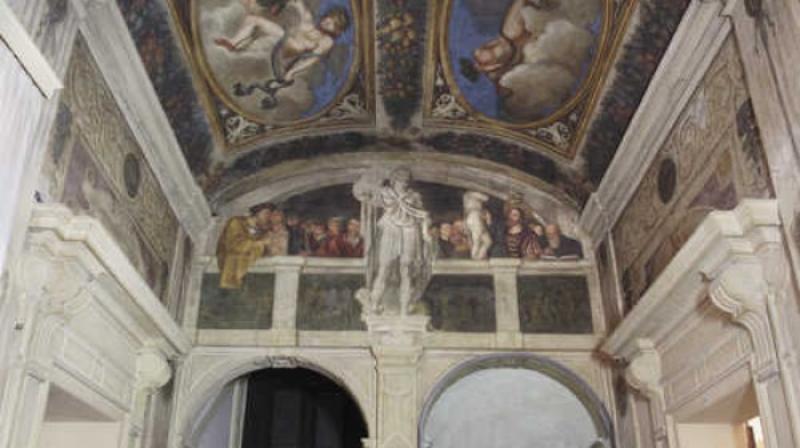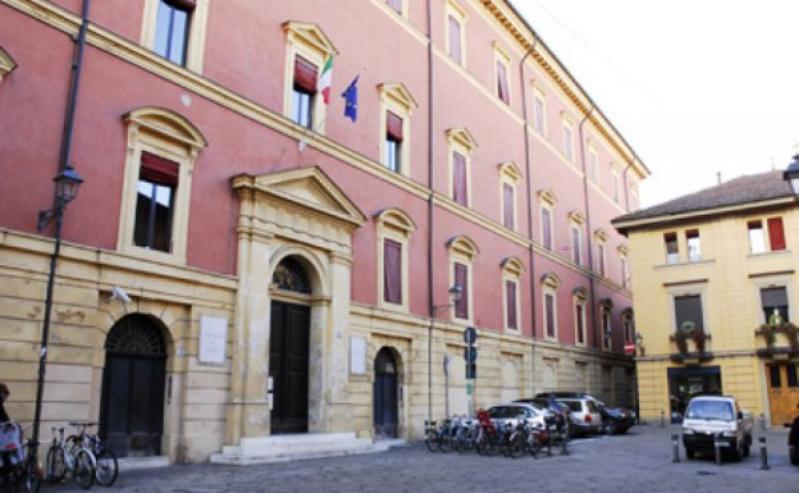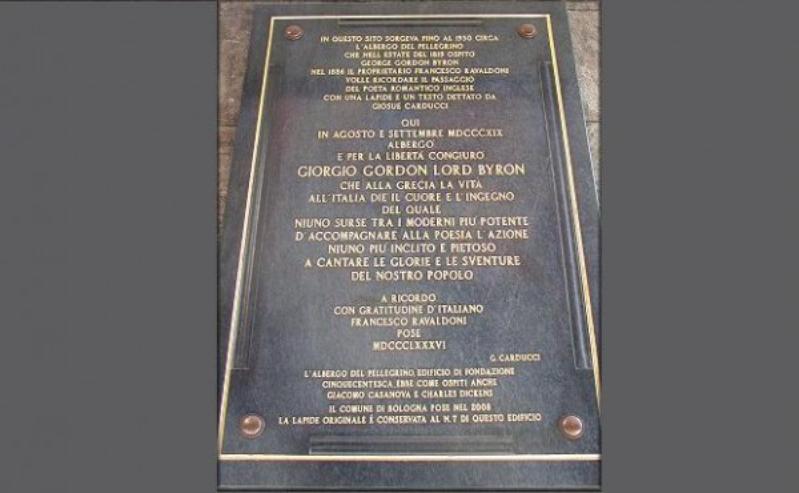Porta Saragozza, one of Bologna's most iconic symbols, is much more than just a gate. It's a veritable portal that transports us back in time, telling us stories of ancient walls, solemn processions, and social change.
Born in the 13th century as part of the city's third wall, Porta Saragozza has undergone numerous transformations over the centuries. In 1334, it was equipped with a drawbridge, but it wasn't until 1674 that it acquired particular significance. With the construction of the long portico connecting it to the Sanctuary of the Madonna di San Luca, it became the starting point for solemn processions in honor of the Virgin, replacing the previous Porta Sant'Isaia.
The gate's current appearance, as we see it today, is the result of a radical transformation that took place between 1857 and 1859. Thanks to the talent of architects like Enrico Brunetti Rodati and Giuseppe Mengoni, Porta Saragozza was enriched with cylindrical towers and a new central keep, becoming a true monument.
Throughout the 20th century, Porta Saragozza continued to be the protagonist of important events. In 1982, the keep became the first public space in Italy granted to a gay cultural association, the Circolo Culturale XXVIII giugno. This choice represented a turning point in the history of civil rights in Italy.
Today, Porta Saragozza houses the Museum of the Blessed Virgin of San Luca, a place dedicated to the history and popular devotion linked to the image of the Madonna.
Map
Porta Saragozza
Porta Saragozza, Mura di Porta Saragozza
40123 Bologna
Interests
- Art & Culture
